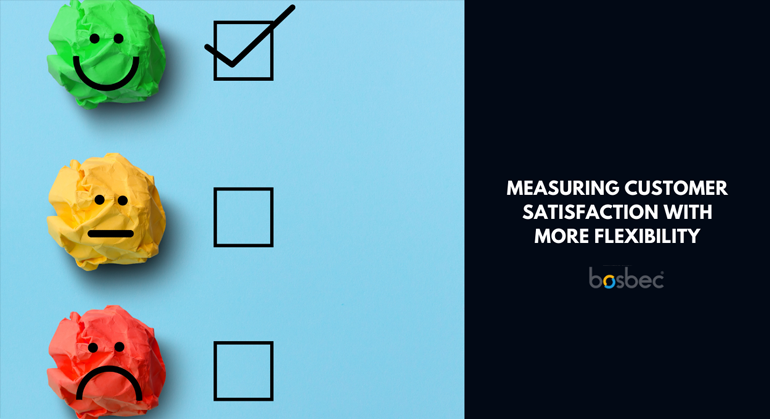How do you know what your customers think about your company? Where is your company headed? Are your customers engaged with your brand? When the market faces constant turmoil, it’s essential to do regular customer check-ins to determine if you are keeping up with the changes or if you’re starting to fall behind. A common way to find the answer to your question is to use a Net Promoter Score solution, more commonly known as NPS score.
“How likely is it that you would recommend our product to a friend or a colleague?”
This is the fundamental question that the score is determined on. The customers get to rate their experience on a scale from 0 to 10 where the participants are divided into three groups depending on their chosen score; Detractors (0-6), Passives (7-8) and Promoters (9-10). The final score will be calculated on a scale between -100 to 100, where 50-100 is generally considered as extremely good.
Choosing the right NPS solution for your business
There is a multitude of NPS platforms available to review before implementing the solution that fits your business. However, seeing that the market, along with the demands changes more rapidly than ever, it can pose a daunting task to choose a system that might as well be out of fashion in a few months. What if you want to change how you send the NPS surveys? If you need to customise the message? Change how you process the data? Change from communication through email to text messages?
Decrease or increase the number of messages? The trick is to choose a flexible solution that won’t cost a fortune when you need to manage these changes. Instead of choosing a static, pre-configured, ‘off-the-shelf’ product – that may hold all the functions you need in the present moment but will mean a challenge when demands changes in the future – we suggest that you build the solution on a low code platform.
Buying a new system for your business often comes with significant costs. Investing in research, testing, purchasing and training quickly consumes resources and time, and ending up with a system that turns out to be a mismatch with your business will cause frustration to management as well as employees. And if you can’t make the changes that suit your demand, the result will eventually seep down to your customers and have a long-lasting effect on your brand.
By choosing to invest in a low code solution, the game changes entirely. In a low code platform, you are the wizard that makes the changes happen, and the changes will be determined entirely on current market conditions around you and the fluctuating demands that come with it. Shorten the process from decision to implementation, make it rapid and painless – regardless if you’re using internal or external development teams. The advantage of a low code platform is that it’s specifically built to make things easier for the person using it but also to give total freedom to create, change and update the system dynamically and fast while eliminating the need to have in-depth coding knowledge to do so. In most cases, you don’t need to pay a hefty up-front cost to purchase the program, but instead, install the low code platform and start paying once you have created the solution that fits your needs. You don’t need to initiate colossal IT projects that will take years to implement, but you can tweak your features in the same pace as the market changes.
Your digital tools should simply be enablers that allow you to fulfil your vision – whatever the market conditions – and a low code platform helps with just that.
Know where your customers are and in what direction they are headed to know where your business stands today and where it’s headed tomorrow. Customer intelligence is vital, and the better you know them, the more informed decisions you will be taking. Measuring your NPS score with a dynamic platform can help you along the way and enable swift changes at the same pace as the world changes around you. The pathway to getting to know your customers will be easier and withstanding competitiveness more fundamental.
Bosbec has created a workflow, easily downloaded from their Workflow Library, that will help you build your NPS solution in a faster and more dynamic manner.



